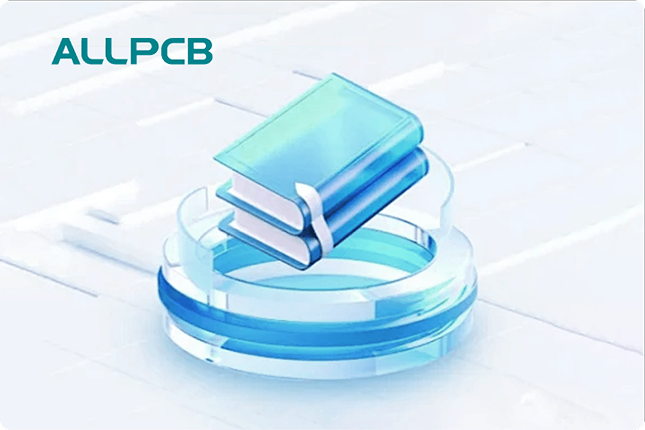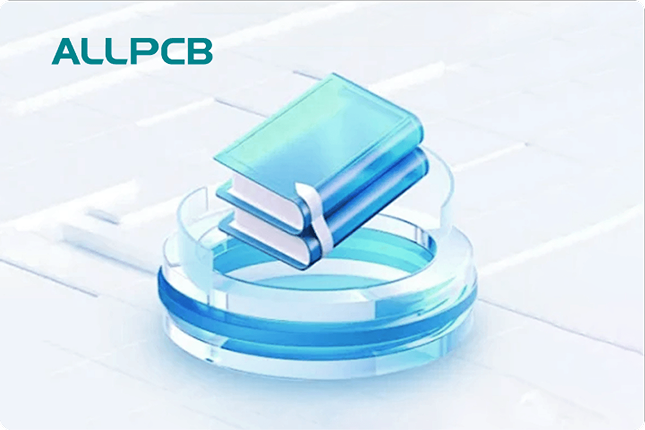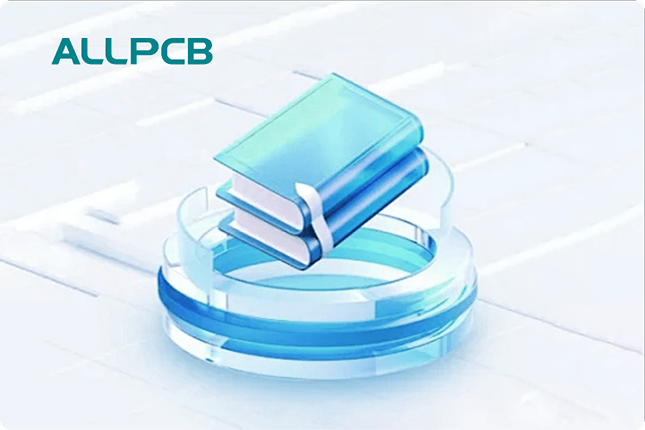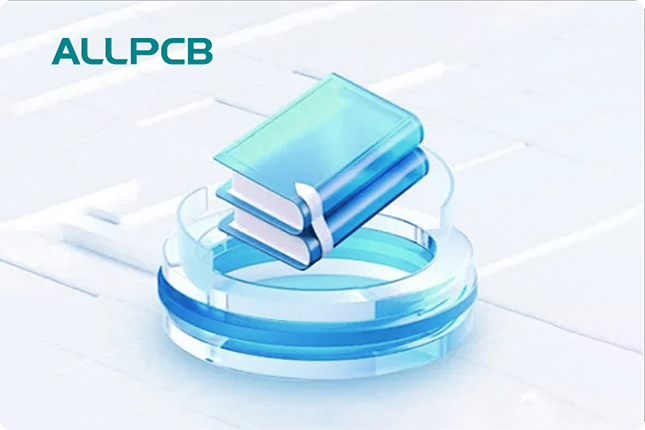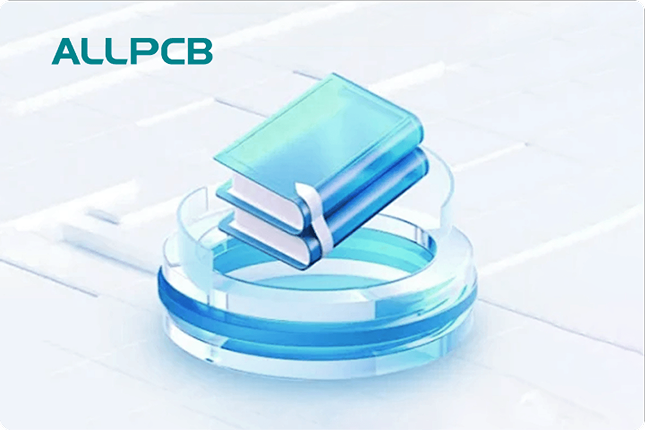Multilayer PCBs are the backbone of modern electronics, powering everything from smartphones to industrial machinery. However, when issues arise, diagnosing and repairing these complex boards can be a challenge. If you're searching for solutions to multilayer PCB repair, diagnosing PCB failures, or fixing short circuits in PCBs and open circuits in PCBs, you're in the right place. This guide from ALLPCB provides a comprehensive look at common problems with multilayer PCBs and proven techniques for troubleshooting and repair, including testing multilayer PCBs effectively.
In the sections below, we dive deep into the intricacies of multilayer PCB troubleshooting. Whether you're an engineer, technician, or hobbyist, you'll find practical advice and actionable steps to identify and resolve issues with your boards.
What Are Multilayer PCBs and Why Do They Fail?
Multilayer PCBs consist of multiple layers of conductive material separated by insulating layers, allowing for compact and complex circuit designs. These boards can have anywhere from 4 to over 20 layers, making them ideal for high-density applications. However, their complexity also makes them prone to specific failures that single-layer or double-layer boards might not encounter.
Failures in multilayer PCBs often stem from manufacturing defects, environmental stress, or design flaws. Common issues include short circuits, open circuits, delamination, and signal integrity problems. Identifying the root cause is the first step in effective multilayer PCB repair. Factors like thermal stress, moisture, and mechanical damage can weaken connections or damage traces, leading to performance issues or complete failure.
Common Problems in Multilayer PCBs
Understanding the most frequent issues in multilayer PCBs is crucial for effective troubleshooting. Below, we explore the primary problems engineers face when diagnosing PCB failures.
1. Short Circuits in PCBs
A short circuit occurs when two conductive paths unintentionally connect, often leading to excessive current flow, overheating, or component damage. In multilayer PCBs, shorts can happen between layers due to manufacturing defects like over-etching or poor insulation, or during operation due to physical stress.
Causes:
- Contamination during manufacturing, such as dust or debris creating conductive paths.
- Via failures, where plated-through holes connect layers improperly.
- Component failure, such as a capacitor breaking down and creating a conductive bridge.
Symptoms: Overheating, burnt components, or erratic device behavior.
2. Open Circuits in PCBs
An open circuit is a break in the conductive path, preventing current from flowing. In multilayer PCBs, opens are often harder to detect because the fault could be hidden between layers.
Causes:
- Cracked traces due to mechanical stress or thermal expansion.
- Poor soldering, leading to disconnected components.
- Corrosion of traces or vias over time due to moisture exposure.
Symptoms: Complete loss of functionality in specific circuits or intermittent operation.
3. Delamination and Layer Separation
Delamination occurs when the layers of a multilayer PCB separate, often due to poor bonding during manufacturing or exposure to extreme temperatures. This can disrupt signal integrity and cause failures across multiple layers.
Causes:
- Moisture absorption weakening the bond between layers.
- Thermal stress from high operating temperatures or reflow soldering.
- Manufacturing defects in lamination processes.
Symptoms: Visible bubbling or warping of the PCB surface, or inconsistent performance.
4. Signal Integrity Issues
In high-speed applications, multilayer PCBs must maintain signal integrity to prevent data loss or interference. Issues like crosstalk, impedance mismatch, or electromagnetic interference (EMI) can degrade performance.
Causes:
- Improper stackup design, where signal layers lack adjacent ground planes.
- Inconsistent trace widths leading to impedance variations (e.g., a trace designed for 50 ohms varying to 60 ohms).
- High-frequency noise from nearby components or external sources.
Symptoms: Data errors, slow response times, or device malfunction in high-speed circuits.
Step-by-Step Guide to Diagnosing PCB Failures
Effective troubleshooting starts with a systematic approach to diagnosing PCB failures. Follow these steps to pinpoint issues in multilayer PCBs.
Step 1: Visual Inspection
Begin with a thorough visual examination under good lighting or with a magnifying glass. Look for:
- Burn marks or discoloration indicating overheating or shorts.
- Cracks, warping, or bubbling suggesting mechanical damage or delamination.
- Loose or damaged components and solder joints.
This step often reveals obvious issues like short circuits in PCBs caused by visible debris or burnt areas.
Step 2: Power-On Testing
If the board powers on, observe its behavior. Check for:
- Erratic operation or intermittent failures, which could indicate open circuits in PCBs.
- Overheating in specific areas, pointing to potential shorts or overloaded components.
- LED indicators or display outputs to confirm if certain circuits are functioning.
Step 3: Use Diagnostic Tools
For deeper analysis, employ tools to test the board’s electrical performance. Essential tools for testing multilayer PCBs include:
- Multimeter: Measure continuity to detect opens and shorts. For example, a reading of 0 ohms between two unrelated points indicates a short.
- Oscilloscope: Analyze signal integrity by observing waveforms for noise or distortion in high-speed circuits.
- Thermal Camera: Identify hot spots caused by excessive current flow due to shorts or failing components.
- LCR Meter: Test capacitors, inductors, and resistors for proper values and functionality.
Step 4: Layer-by-Layer Analysis
Since multilayer PCBs have hidden traces, diagnosing issues between layers requires advanced techniques:
- X-Ray Inspection: Use X-ray imaging to detect internal shorts, opens, or via failures without damaging the board.
- Microsectioning: Physically cut a small section of the board to examine the internal layers under a microscope (destructive method, used as a last resort).
Proven Solutions for Multilayer PCB Repair
Once you've identified the problem, the next step is applying effective solutions for multilayer PCB repair. Below are proven methods to address common issues.
Fixing Short Circuits in PCBs
Solution:
- Isolate the shorted area using a thermal camera or multimeter to trace the unintended connection.
- Remove debris or excess solder with a desoldering tool or compressed air.
- If the short is between layers, carefully drill out the faulty via and re-plate it with conductive material, or bypass it with a jumper wire if feasible.
Repairing Open Circuits in PCBs
Solution:
- Locate the break using continuity testing with a multimeter.
- For surface traces, bridge the gap with conductive epoxy or a small wire soldered across the break.
- For internal layers, consider professional repair services with access to X-ray and micro-drilling equipment.
Addressing Delamination
Solution:
- Minor delamination can sometimes be stabilized with epoxy resin to prevent further separation, though this is a temporary fix.
- For severe cases, replacing the board may be more cost-effective, as delamination often compromises reliability.
Improving Signal Integrity
Solution:
- Redesign the PCB stackup to ensure signal layers have adjacent ground planes, maintaining consistent impedance (e.g., 50 ohms for high-speed signals).
- Add shielding or reroute traces to minimize crosstalk and EMI.
- Use simulation software to model signal behavior before manufacturing revised boards.
Best Practices for Testing Multilayer PCBs
Preventing future failures starts with rigorous testing multilayer PCBs during and after manufacturing. Here are key testing methods to ensure reliability:
1. In-Circuit Testing (ICT)
ICT uses a bed-of-nails fixture to test individual components and connections on the PCB. It can detect shorts, opens, and incorrect component values with high accuracy.
2. Automated Optical Inspection (AOI)
AOI uses cameras to scan the PCB for soldering defects, missing components, or misalignments. It’s especially useful for surface-level issues on multilayer boards.
3. Functional Testing
Simulate real-world operating conditions to verify the board’s performance. For example, test a high-speed PCB at its rated frequency (e.g., 1 GHz) to ensure signal integrity.
4. Environmental Stress Testing
Expose the PCB to temperature cycles (e.g., -40°C to 85°C), humidity, and vibration to identify weaknesses like delamination or trace cracking before deployment.
Preventing Common Multilayer PCB Problems
While troubleshooting and repair are essential skills, preventing issues during design and manufacturing saves time and resources. Consider these tips:
- Design for Manufacturability (DFM): Ensure trace widths, spacing, and via sizes meet manufacturing capabilities to avoid shorts and opens.
- Thermal Management: Incorporate heat sinks or thermal vias to dissipate heat and prevent delamination or component failure.
- Material Selection: Use high-quality laminates with low moisture absorption to reduce the risk of layer separation.
- Prototyping: Test prototypes under real-world conditions before mass production to catch design flaws early.
Conclusion: Mastering Multilayer PCB Troubleshooting
Troubleshooting multilayer PCBs can be daunting due to their complexity, but with the right approach, tools, and techniques, you can effectively tackle issues like short circuits in PCBs, open circuits in PCBs, and signal integrity problems. By following a systematic process for diagnosing PCB failures and applying proven solutions for multilayer PCB repair, you can restore functionality and prevent future issues. Additionally, testing multilayer PCBs thoroughly during design and production ensures long-term reliability.
At ALLPCB, we’re committed to supporting engineers and technicians with high-quality boards and resources for troubleshooting. Whether you're dealing with a one-off repair or optimizing a design for production, the strategies in this guide will help you navigate the challenges of multilayer PCBs with confidence.
 ALLPCB
ALLPCB



